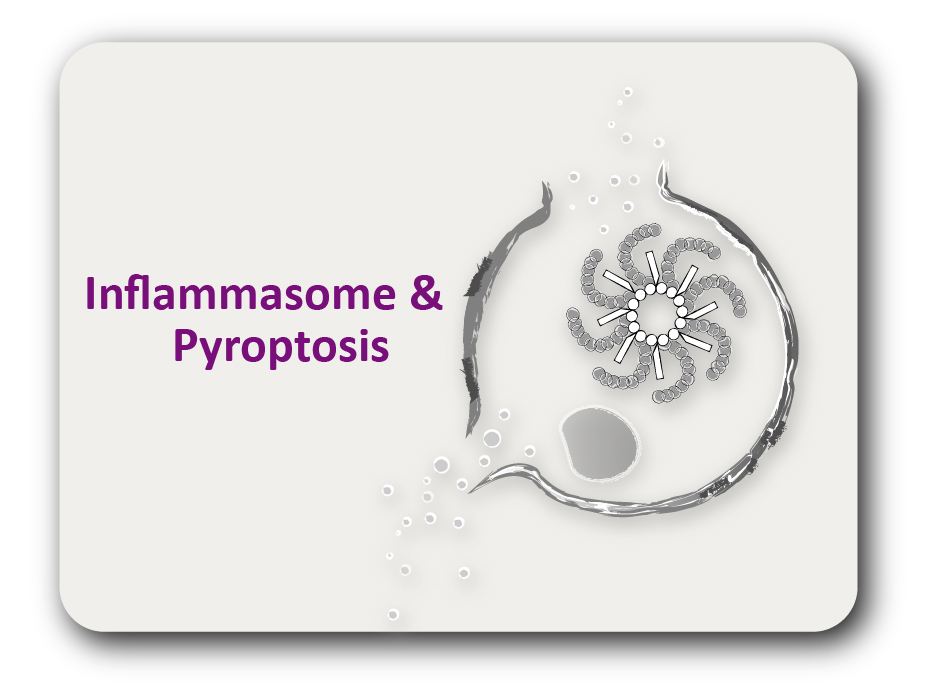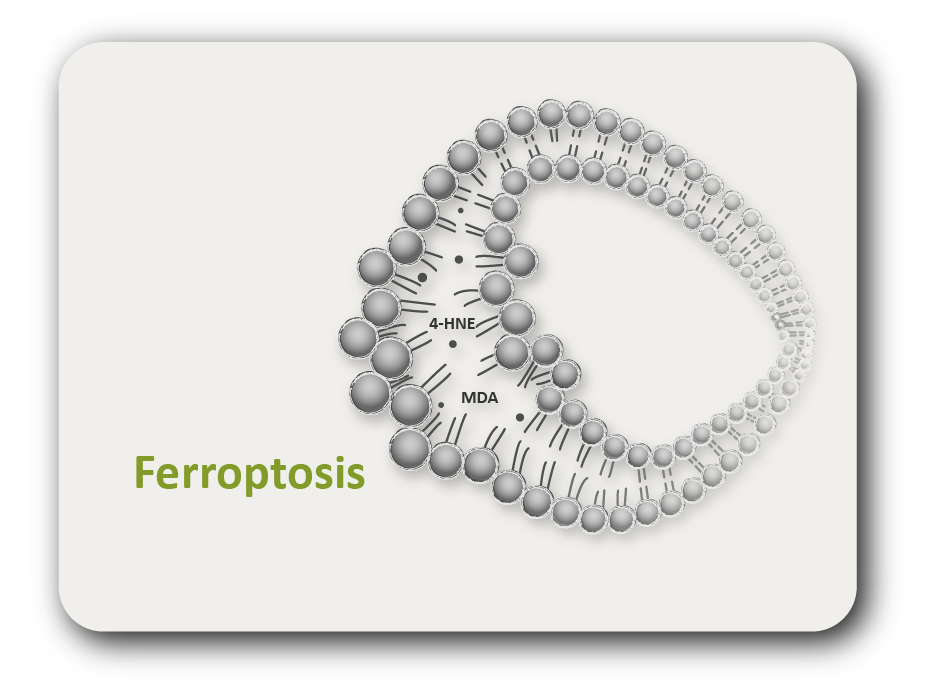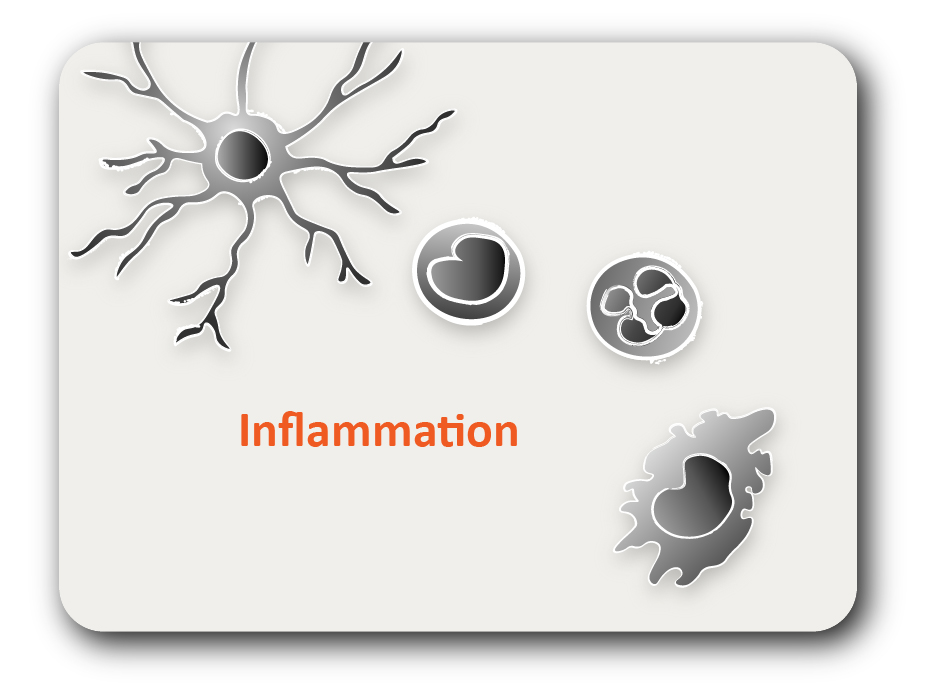ARG45417
anti-EPHB2 / DRT / Nuk antibody
anti-EPHB2 / DRT / Nuk antibody for Flow cytometry,ICC/IF,Western blot and Human,Mouse,Rat
Overview
| Product Description | Rabbit Polyclonal antibody recognizes EPHB2 / DRT / Nuk |
|---|---|
| Tested Reactivity | Hu, Ms, Rat |
| Tested Application | FACS, ICC/IF, WB |
| Host | Rabbit |
| Clonality | Polyclonal |
| Isotype | IgG |
| Target Name | EPHB2 / DRT / Nuk |
| Antigen Species | Human |
| Immunogen | Recombinant protein containing to human EPHB2 / DRT / Nuk. |
| Conjugation | Un-conjugated |
| Alternate Names | EPHB2; EPH Receptor B2; Tyro5; EPHT3; Hek5; DRT; ERK; Developmentally-Regulated Eph-Related Tyrosine Kinase; Tyrosine-Protein Kinase Receptor EPH-3; Renal Carcinoma Antigen NY-REN-47; Tyrosine-Protein Kinase TYRO5; Ephrin Type-B Receptor 2; EPH-Like Kinase 5; EC 2.7.10.1 47; HEK5; EK5; Protein-Tyrosine Kinase HEK5; Elk-Related Tyrosine Kinase; ELK-Related Tyrosine Kinase; Eph Tyrosine Kinase 3; EPH Tyrosine Kinase 3; EC 2.7.10 47; BDPLT22; EphB2; EPTH3; TYRO5; CAPB; PCBC |
Application Instructions
| Application Suggestion |
|
||||||||
|---|---|---|---|---|---|---|---|---|---|
| Application Note | * The dilutions indicate recommended starting dilutions and the optimal dilutions or concentrations should be determined by the scientist. | ||||||||
| Observed Size | 117 kDa |
Properties
| Form | Powder |
|---|---|
| Purification | Affinity purified |
| Buffer | 0.9% NaCl, 0.2% Na2HPO4, 0.05% Sodium azide and 4% Trehalose. |
| Preservative | 0.05% Sodium azide |
| Stabilizer | 4% Trehalose |
| Concentration | 0.5 mg/ml |
| Storage Instruction | For continuous use, store undiluted antibody at 2-8°C for up to a week. For long-term storage, aliquot and store at -20°C or below. Storage in frost free freezers is not recommended. Avoid repeated freeze/thaw cycles. Suggest spin the vial prior to opening. The antibody solution should be gently mixed before use. |
| Note | For laboratory research only, not for drug, diagnostic or other use. |
Bioinformation
| Database Links | |
|---|---|
| Gene Symbol | EPHB2 |
| Gene Full Name | EPH Receptor B2 |
| Background | This gene encodes a member of the Eph receptor family of receptor tyrosine kinase transmembrane glycoproteins. These receptors are composed of an N-terminal glycosylated ligand-binding domain, a transmembrane region and an intracellular kinase domain. They bind ligands called ephrins and are involved in diverse cellular processes including motility, division, and differentiation. A distinguishing characteristic of Eph-ephrin signaling is that both receptors and ligands are competent to transduce a signaling cascade, resulting in bidirectional signaling. This protein belongs to a subgroup of the Eph receptors called EphB. Proteins of this subgroup are distinguished from other members of the family by sequence homology and preferential binding affinity for membrane-bound ephrin-B ligands. Allelic variants are associated with prostate and brain cancer susceptibility. Alternative splicing results in multiple transcript variants. [provided by RefSeq, May 2015] |
| Function | Receptor tyrosine kinase which binds promiscuously transmembrane ephrin-B family ligands residing on adjacent cells, leading to contact-dependent bidirectional signaling into neighboring cells. The signaling pathway downstream of the receptor is referred to as forward signaling while the signaling pathway downstream of the ephrin ligand is referred to as reverse signaling. Functions in axon guidance during development. Involved in the guidance of commissural axons, that form a major interhemispheric connection between the 2 temporal lobes of the cerebral cortex. Also involved in guidance of contralateral inner ear efferent growth cones at the midline and of retinal ganglion cell axons to the optic disk. In addition to axon guidance, also regulates dendritic spines development and maturation and stimulates the formation of excitatory synapses. Upon activation by EFNB1, abolishes the ARHGEF15-mediated negative regulation on excitatory synapse formation. Controls other aspects of development including angiogenesis, palate development and in inner ear development through regulation of endolymph production. Forward and reverse signaling through the EFNB2/EPHB2 complex regulate movement and adhesion of cells that tubularize the urethra and septate the cloaca. May function as a tumor suppressor. May be involved in the regulation of platelet activation and blood coagulation. [UniProt] |
| Cellular Localization | Cell membrane; Cell projection. [UniProt] |
| Calculated MW | 117 kDa |
| PTM | Disulfide bond; Glycoprotein; Isopeptide bond; Phosphoprotein; Ubl conjugation. [UniProt] |
Images (4) Click the Picture to Zoom In
-
ARG45417 anti-EPHB2 / DRT / Nuk antibody ICC/IF image
Immunofluorescence: A431 stained with ARG45417 anti-EPHB2 / DRT / Nuk antibody at 5 μg/ml dilution.
-
ARG45417 anti-EPHB2 / DRT / Nuk antibody WB image
Western blot: Caco-2 and K562 stained with ARG45417 anti-EPHB2 / DRT / Nuk antibody at 0.5 μg/ml dilution.
-
ARG45417 anti-EPHB2 / DRT / Nuk antibody FACS image
Flow Cytometry: A549 stained with ARG45417 anti-EPHB2 / DRT / Nuk antibody at 1 µg/10^6 cells dilution.
-
ARG45417 anti-EPHB2 / DRT / Nuk antibody FACS image
Flow Cytometry: C6 stained with ARG45417 anti-EPHB2 / DRT / Nuk antibody at 1 µg/10^6 cells dilution.





